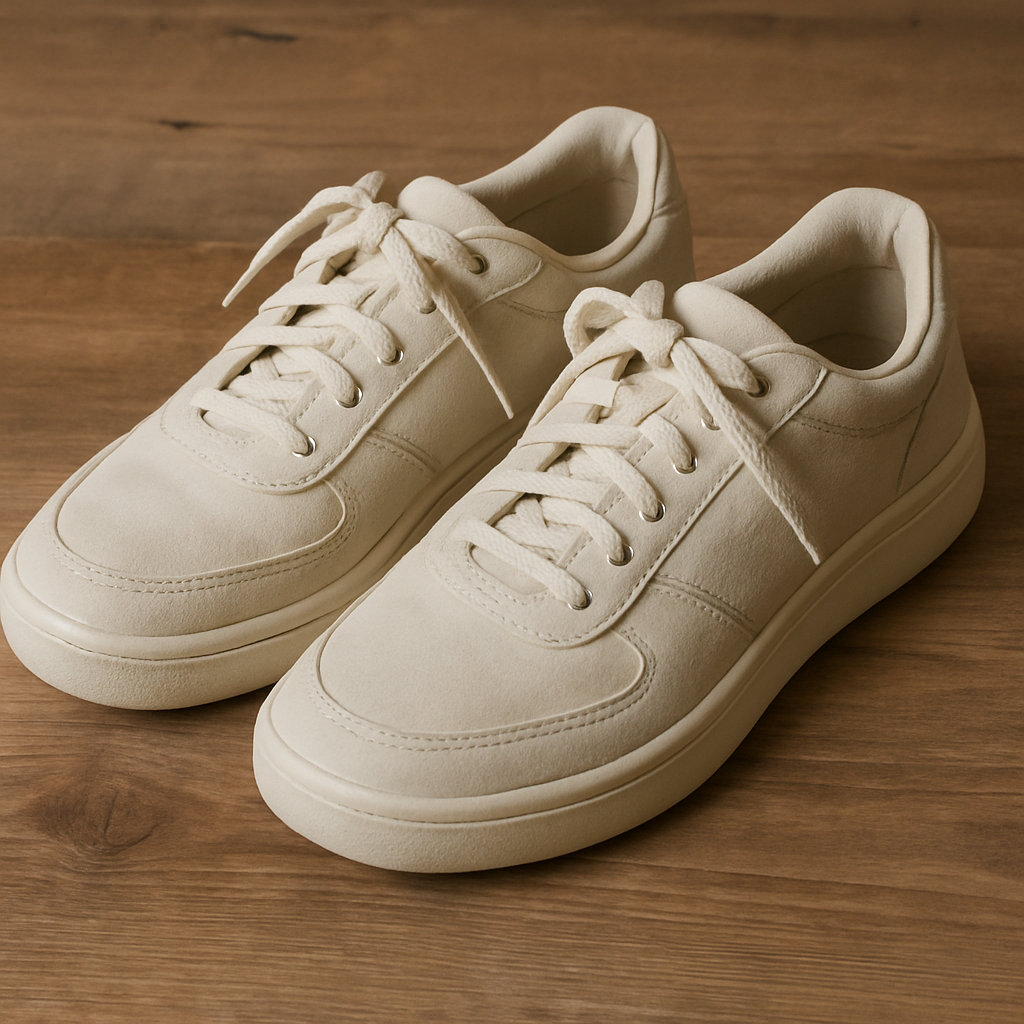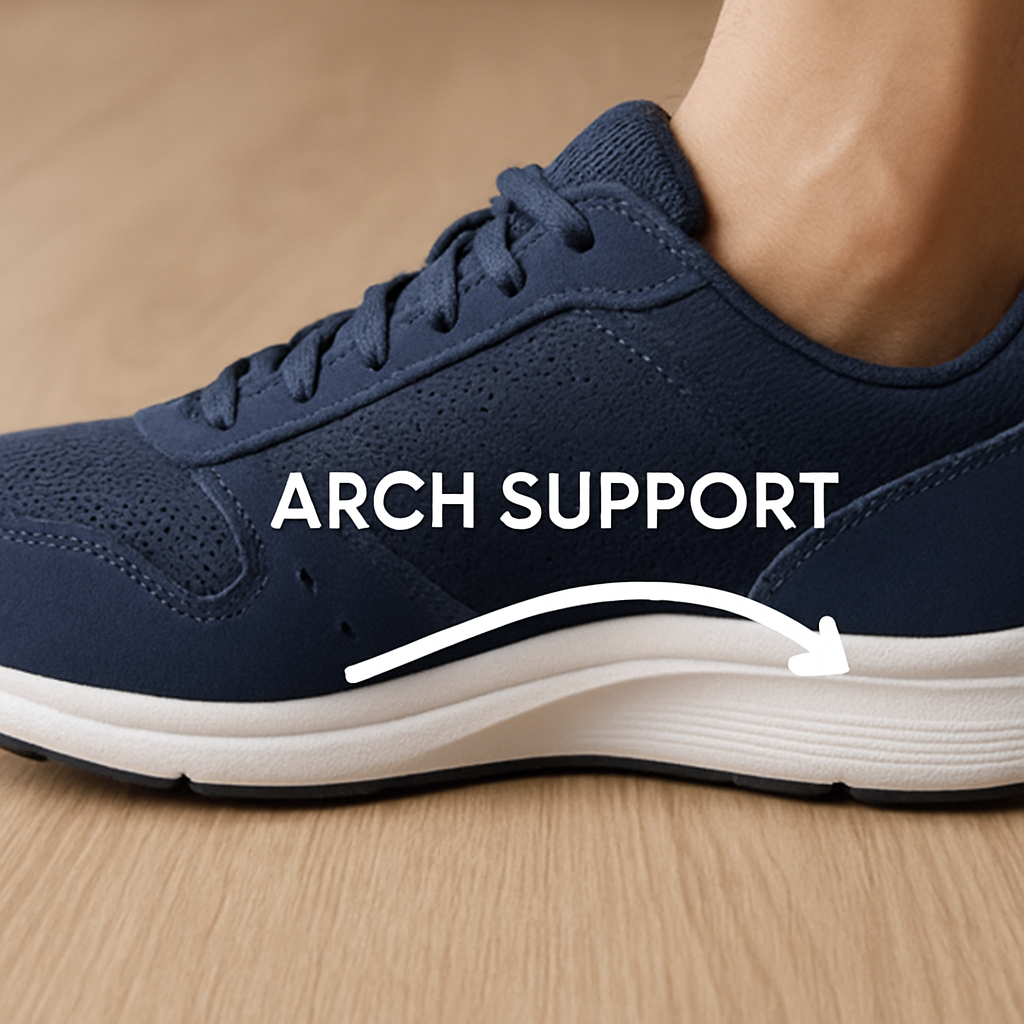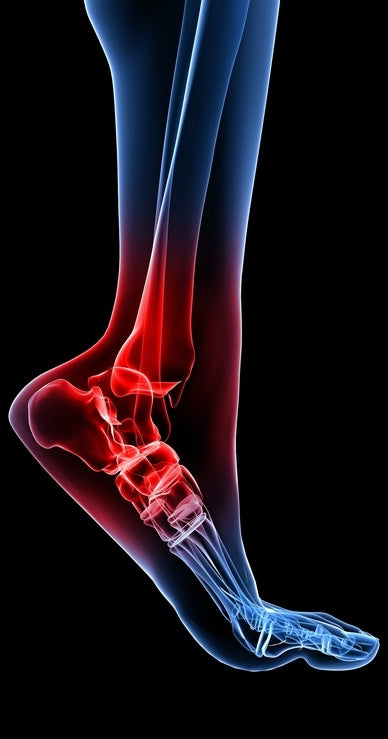Choosing the Best Footwear for Calcaneal Spurs

Understanding Calcaneal Spurs
Calcaneal spurs, commonly referred to as heel spurs, are calcium deposits that form on the underside of the heel bone. They are often associated with plantar fasciitis, a condition that causes inflammation of the connective tissue in the foot. While not all heel spurs cause pain, those that do can be debilitating.
Symptoms and Diagnosis
Heel spur symptoms include sharp pain in the heel, especially when standing up after rest, and tenderness in the heel area. A proper diagnosis usually involves a physical examination and imaging tests like X-rays to confirm the presence of spurs.
Causes of Heel Spurs
Heel spurs develop due to prolonged strain on the foot muscles and ligaments. Repeated stress from activities like running or wearing ill-fitting shoes can contribute to their formation. People with flat feet or high arches are more prone to developing heel spurs.
Key Features to Look for in Heel Spur Shoes

Cushioning and Shock Absorption
Footwear with adequate cushioning can help absorb the shock from walking, reducing the impact on your heels. Look for shoes with thick, cushioned soles and insoles designed to provide comfort and support.
Arch Support
Good arch support is crucial for distributing pressure evenly across your foot. This is especially important for individuals with flat feet or high arches, as it helps prevent excessive strain on the heel.
Heel Support
Shoes with a firm heel counter can provide the necessary stability and support to prevent your foot from rolling inward, which can exacerbate heel pain. A padded heel collar can also offer extra comfort.
Flexibility and Fit
Footwear should be flexible enough to allow natural foot movement while also providing a snug fit. Shoes that are too tight can increase pressure on the heel, while those that are too loose may not provide adequate support.
Recommended Footwear for Calcaneal Spurs
Athletic Shoes
Athletic shoes are often recommended for people with heel spurs because they typically offer good cushioning and support.
Orthopaedic Shoes
Orthopaedic shoes are designed with foot health in mind and often come with removable insoles that can be replaced with custom orthotics. These shoes are a great option for those seeking additional support and comfort.
Sandals with Arch Support
For warmer climates or casual wear, sandals with built-in arch support can be a good option.
Tips for Managing Heel Spur Pain
In addition to wearing the right footwear, there are several other strategies you can employ to manage heel spur pain:
Stretching Exercises
Regular stretching exercises can help reduce tension in the foot muscles and improve flexibility. Focus on stretches that target the calf muscles and plantar fascia.
Use of Orthotics
Custom orthotics or over-the-counter insoles can provide additional support and cushioning. They can be particularly beneficial for people with abnormal foot mechanics.
Weight Management
Maintaining a healthy weight can reduce the load on your feet and decrease the risk of developing heel spurs.
Seek Professional Advice
If heel spur pain persists despite wearing appropriate footwear and using other management strategies, consult a healthcare professional. They can offer personalised advice and treatment options.
Conclusion
Finding the right footwear is a vital step in managing calcaneal spur pain. By choosing shoes with the right features and support, you can significantly reduce discomfort and improve your day-to-day activities. Remember to consider additional measures like stretching and orthotics to further alleviate pain. With the right approach, you can take strides toward a more comfortable and active life.








